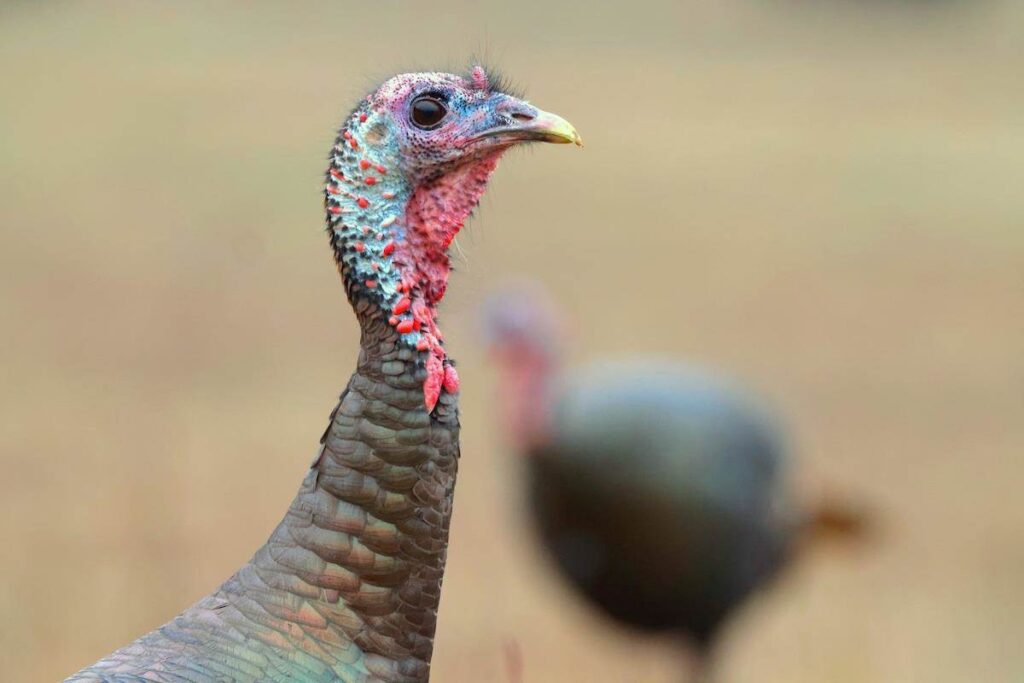
Understanding Waterfowl: Hunters and Harvest Management

Author: Ducks Unlimited
Published: October 19, 2022
“By participating in annual harvest surveys, you can help safeguard waterfowl populations and our hunting traditions
When you buy a hunting license, do you ever wonder why you are asked how many birds you harvested last season? Or perhaps you have been asked to keep a diary of how many birds you bag or to send a wing from each bird you harvest to the US Fish and Wildlife Service (USFWS). If you have done any of those things, you have supplied vital information that is used to ensure healthy waterfowl populations and plentiful hunting opportunities.
Managers of waterfowl and other migratory birds rely on data collected from three sources: population surveys, banding programs, and harvest surveys. While agency personnel in the United States and Canada conduct waterfowl population surveys, hunters play a central role in the collection of the other two sources of data by reporting the harvest of banded birds and participating in harvest surveys.
There are three components of the annual harvest surveys that are cooperatively conducted by state fish and wildlife agencies and the USFWS. They include the Harvest Information Program (HIP), National Migratory Bird Harvest Survey (diary survey), and Parts Collection Survey (wing survey). Hunters participate in each of these surveys by submitting information about their hunting activity and the birds they harvest.
When they purchase a migratory bird license, hunters are asked whether they intend to hunt this year and how many birds they harvested the previous year. All migratory bird hunters are required to supply this information whether they hunt waterfowl, sandhill cranes, doves, woodcock, coots, snipe, rails, or moorhens. Although commonly known as HIP certification, some states refer to this process as a HIP registration, migratory bird hunting authorization, or something similar. Regardless of what this survey is called, hunters should answer all the questions completely and accurately.
It is important to note, however, that HIP certification is not an actual harvest survey. Instead, HIP data is used to improve the reliability of final harvest estimates by first sorting hunters into groups based on past harvest patterns. For reasons rooted in statistical theory, these groups are sampled at different rates in both the diary and wing surveys, which ultimately improves confidence in the final harvest estimates. Unfortunately, license-sales clerks sometimes skip the HIP questions or automatically enter responses to speed up the transaction and licensing process. To ensure the information that you provide is complete and accurate, notify the clerk at the beginning of the transaction that you would like to answer all the harvest questions. You can also complete your HIP certification online or through a mobile app.
To read the full article, click here.
Photo Credit: Original Author






No Comments